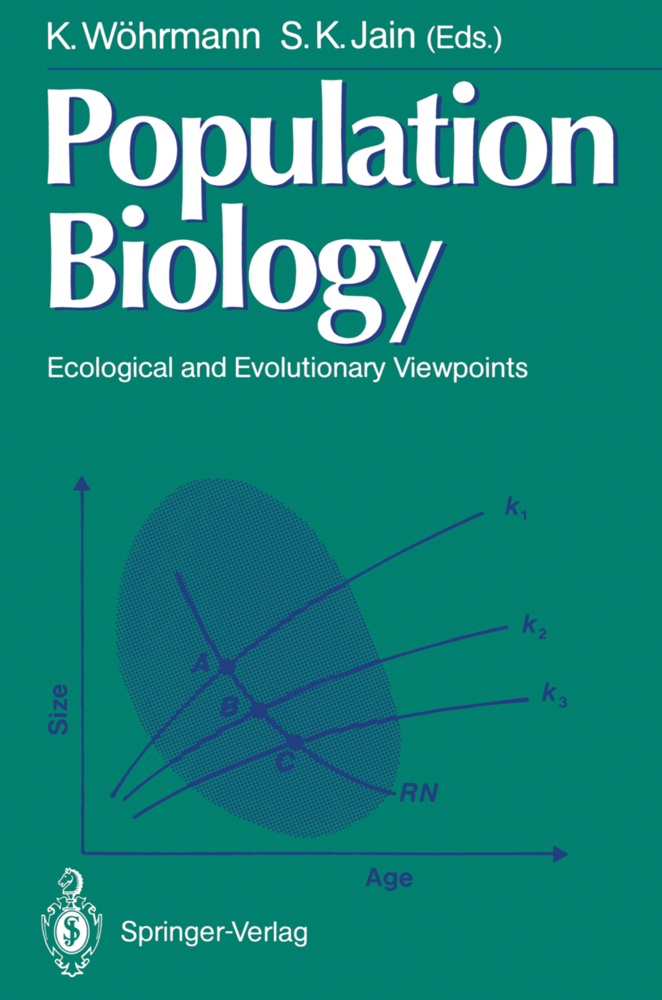Predation in Organisms
Predation in Organisms
Predation is considered one of the distinct phenomena related to the interrelationships between species on the Earth. Predation is an interaction between organisms (animals) in which one organism (predator) captures and feeds upon another (prey). Others consider predation as an interaction between two species in which one of them gains and the other loses.
There are diverse predators living on the Earth, ranging in size from micro-creatures, like ostracods, to big mammals like lions and tigers. Of course, we, humans, think of these big cats as well as reptiles, like crocodiles and snakes, as typical predators. However, spiders, centipedes, most lizards and turtles, and frogs are also voracious predators. In general, predation is widespread not only in wildlife but also in marine environments where big fishes eat small fishes and other organisms of the sea.
Some important questions arise to mind when discussing this subject: what is behind predation? Why some predators do not benefit from their prey after killing them? Are there genetic origins of this antagonism between organisms? Why some female organisms kill their males after completion of sex? How can we avoid predation? To answer these questions an excellent group of experts working on this phenomenon discuss the following main topics: What is behind predation in organisms? - Factors affecting predation in organisms - Predator-prey interaction - The distinct role of predation in keeping the environmental equilibrium - Examples of predation in the fossil record - Examples of predation in marine and non-marine organisms - Herbivory, carnivory, cannibalism, parasitoidism, and parasitism - Scavenging compared to predation - Future trends in this subject.
An introduction to predation in organisms
Predation due to changes in environment: Ostracod provinciality at the Paleocene-Eocene thermal maximum in North and West Africa and the Middle EastPredation on Miocene ostracods of Wadi Um Ashtan, Mersa Matruh, Western Desert, Egypt
Ostracod carnivory through time
Trophic relationships in crustacean decapods of a river with a floodplain
The role of predation in shaping biological communities, with particular emphasis to insects
Biological control of mosquito populations: An applied aspect of pest control by means of natural enemies
A case for cannibalism: Confamilial and conspecific predation by naticid gastropods, Cretaceous through Pleistocene of the United States Coastal Plain
On models for the dynamics of predator-prey interaction
Evolutionary consequences of predation: avoidance, escape, reproduction, and diversification
Predation impacts and management strategies for wildlife protection
Invasive Predators: a synthesis of the past, present, and future
Predator-prey interaction of Brazilian Cretaceous toothed pterosaurs: a case example.
Elewa, Ashraf M.T.
| ISBN | 978-3-540-46044-2 |
|---|---|
| Artikelnummer | 9783540460442 |
| Medientyp | Buch |
| Copyrightjahr | 2006 |
| Verlag | Springer, Berlin |
| Umfang | XIV, 311 Seiten |
| Abbildungen | XIV, 311 p. |
| Sprache | Englisch |









